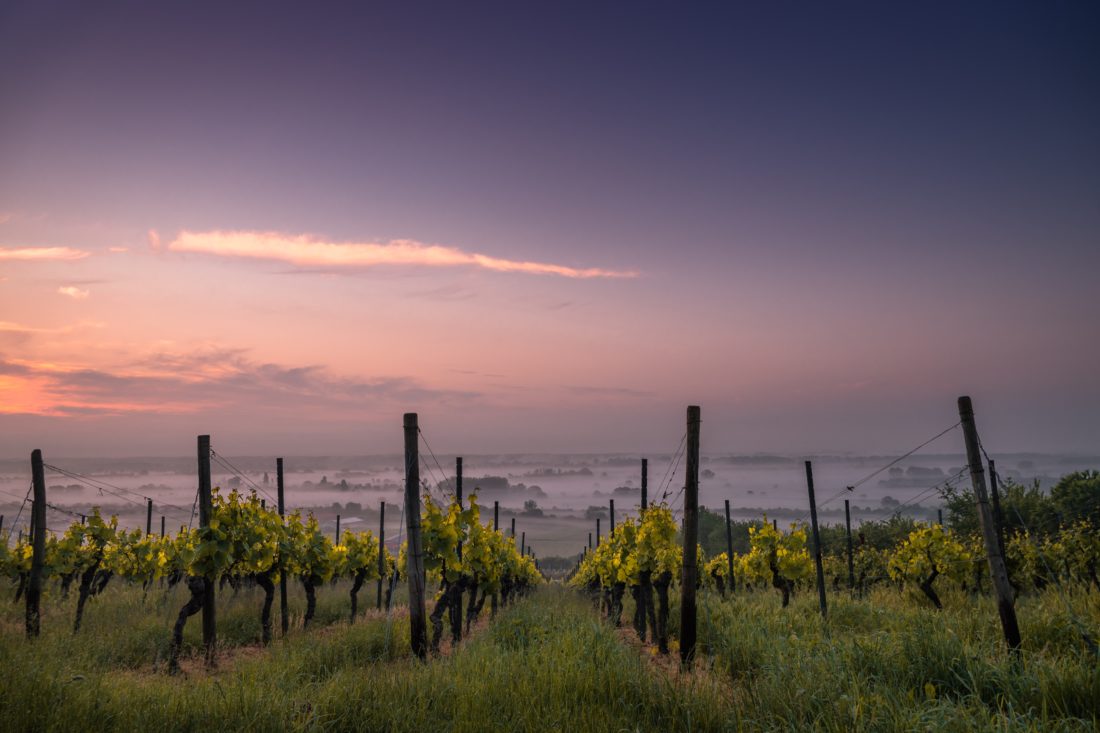
Wine Series pt. 2
One of the first things you notice when you open up a wine list is the breakdown of wines. It could be split up in “Red/White/Sparkling” or “Old World/New World” or even “France/Italy/Spain/USA/South America/Australia”. Not very helpful, I know. I’ll explain some of these terms and believe me, it’ll all make sense soon.
“Old World” means wine that comes from Europe. It’s helpful to think of it as anywhere the Romans conquered because where the Romans went, wine always followed. Plenty of vineyards in Spain, France, and Italy are using the same areas, vines, and types of grapes the Romans used over a millennia ago. This doesn’t help you with choosing a wine on the wine list, but at least it gives you an idea of where the wine you’re looking at comes from.
“New World” means wine that comes from anywhere else in the world. Common places for New World wine are Argentina, California, Australia, and South Africa. Non-European winemakers found that either using Old World vines or indigenous grapes in their vineyards produced amazing wine. This was most famously noted in the Judgment of Paris in 1976 when a dozen California wines trampled some French wine stalwarts. This event led New World wine to become a serious contender worldwide. Still though, that wine list isn’t looking any less nerve-racking now.
If the wine list you’re looking at breaks up the wines into “Red/White/Sparkling” I’m almost positive that you’re sitting in an Irish pub or in a place that usually sells a shot and a beer for $7. This way of listing wine may look simple, but it doesn’t actually tell you anything. Most likely it says “Red – Cabernet Sauvignon, Merlot, Pinot Noir, Malbec, Shiraz/Syrah” and that’s me being generous with their selection. But there’s no vintage year, vineyard, producer, or region listed. That may not mean something to you now, but if you dive into wine like I did, it becomes helpful in your decision-making. In these situations, I would say avoid wine and get a beer, but if you really want a glass, go for what you know.
Now, if you don’t know anything, I’d recommend you go to your local wine store and buy six bottles of wine. Three red, three white. Go with Pinot Noir, Merlot, and Cabernet Sauvignon for your reds and Chardonnay, Pinot Grigio, and Sauvignon Blanc for your whites. These are like primary color wines. They’re basically offered anywhere wine is sold and they’re usually pretty cheap. I only mention Yellow Tail because it’s Australian (New World), inexpensive, and a good product for getting started with tasting. Take notes of what you like and dislike about each wine and remember them. And they don’t have to be the snobby notes you’ve heard of like “the bouquet”, “the nose”, or “the legs” of the wine. All that is just for show and you really don’t need to get into that to enjoy drinking wine.
So… that wine list is looking less intimidating now, huh?
